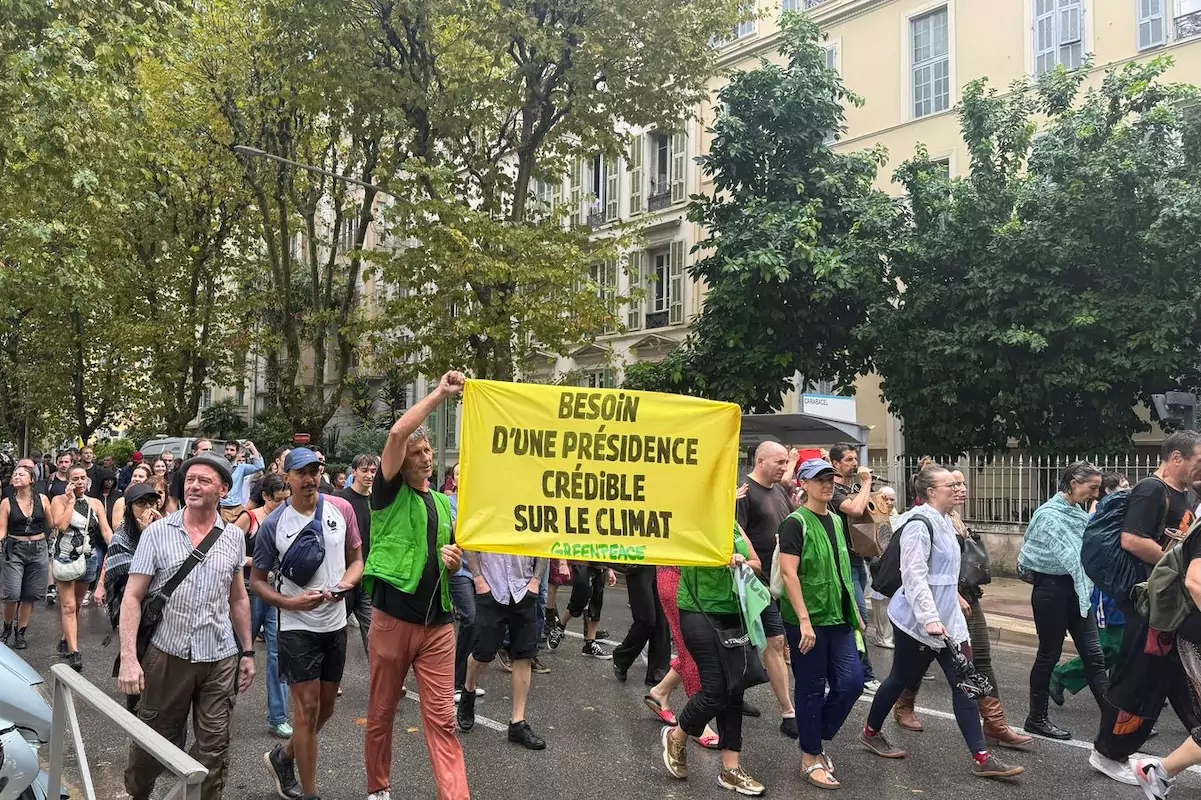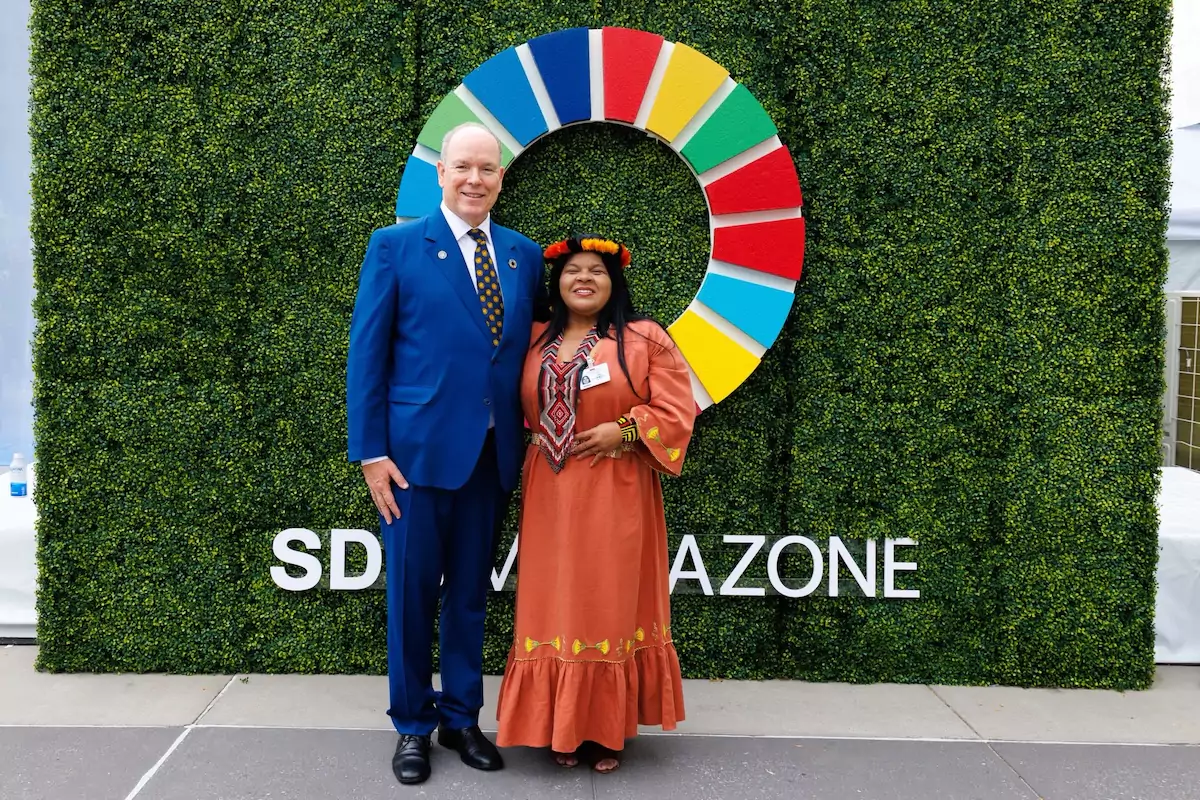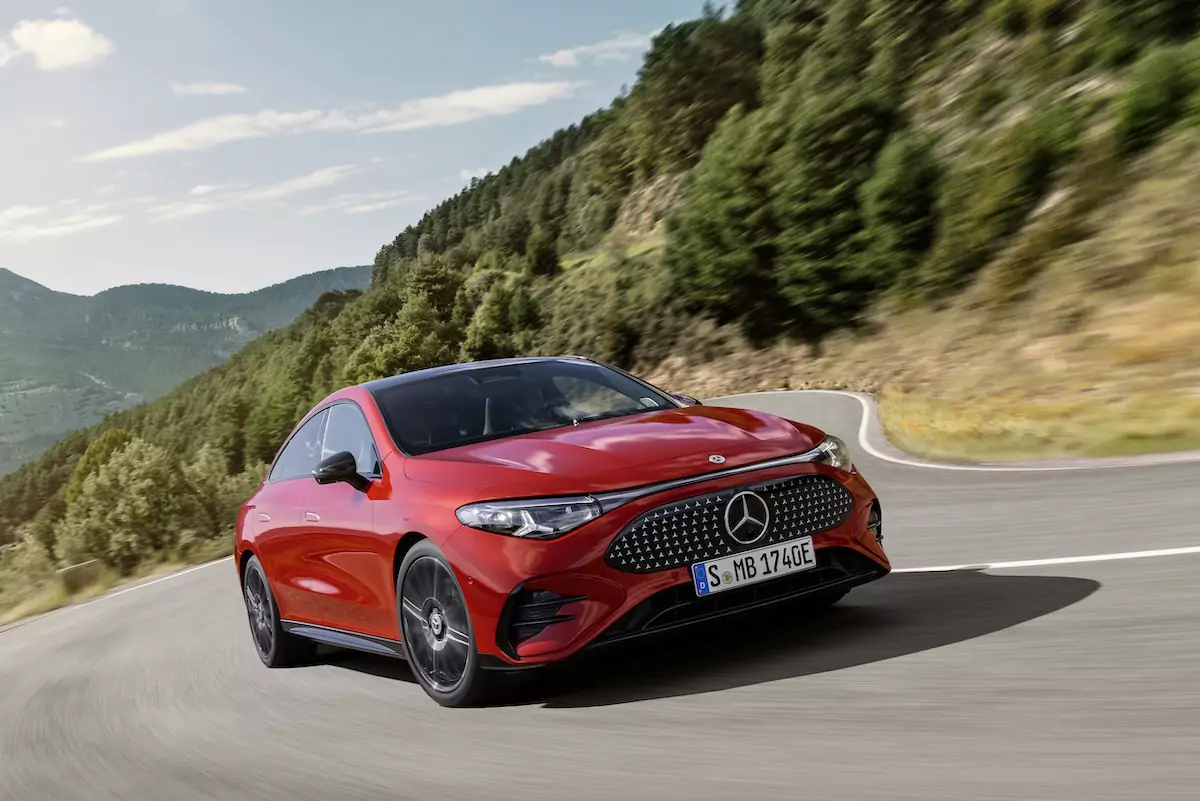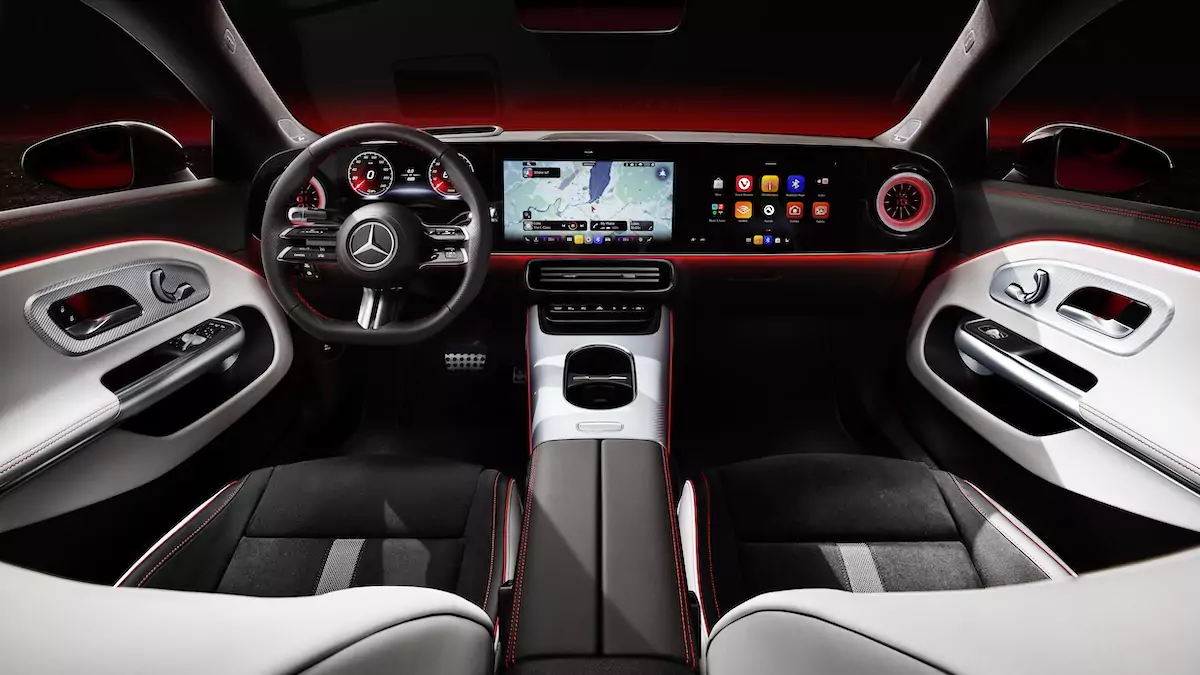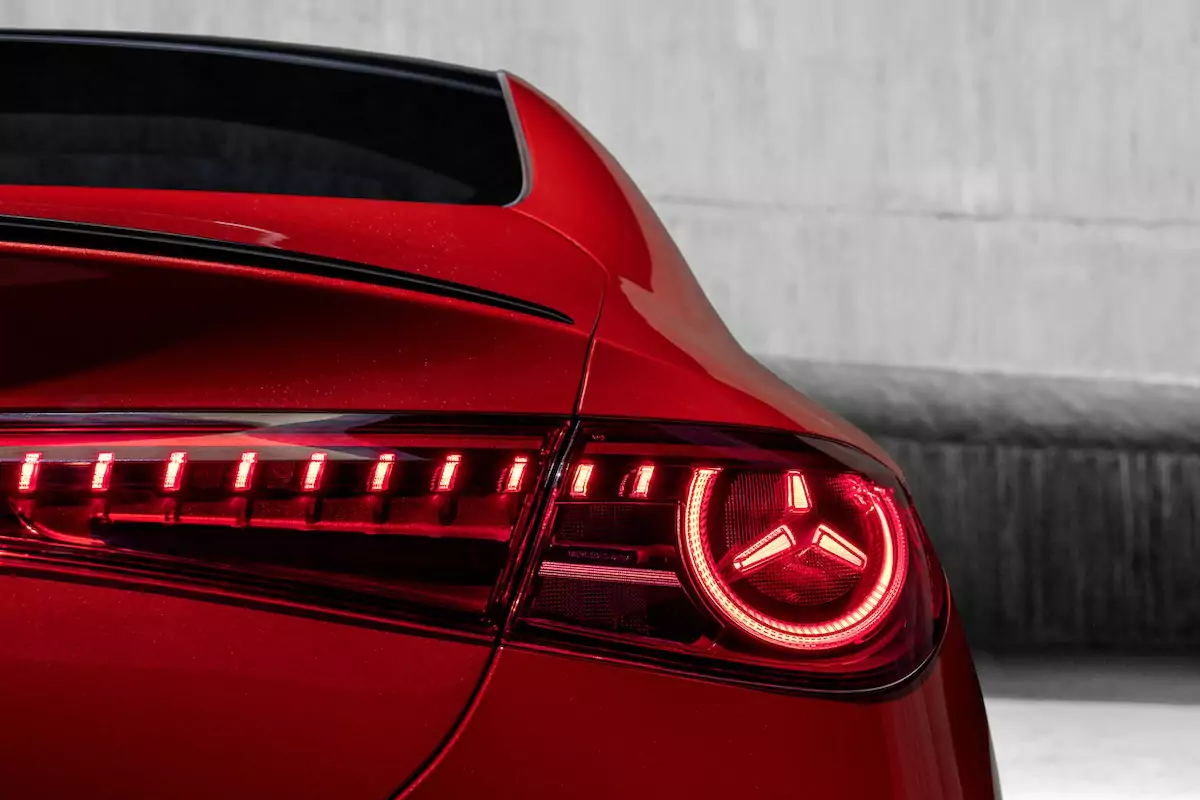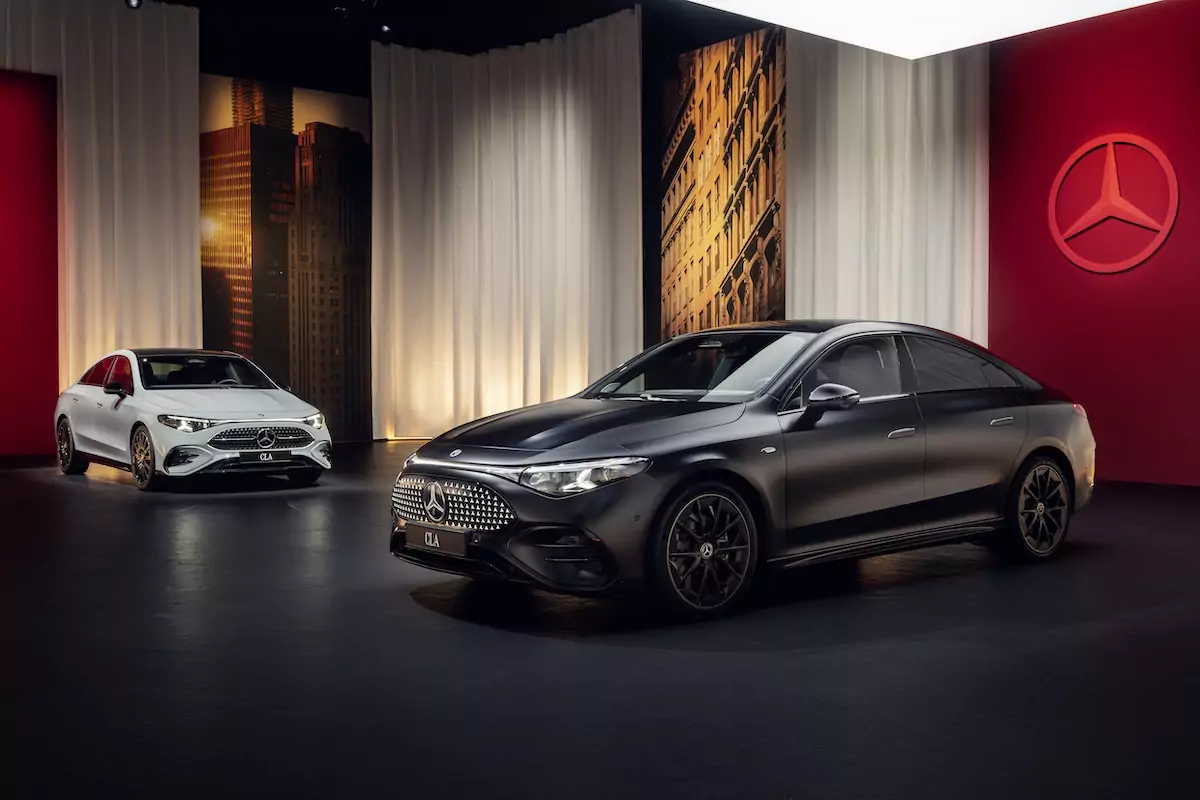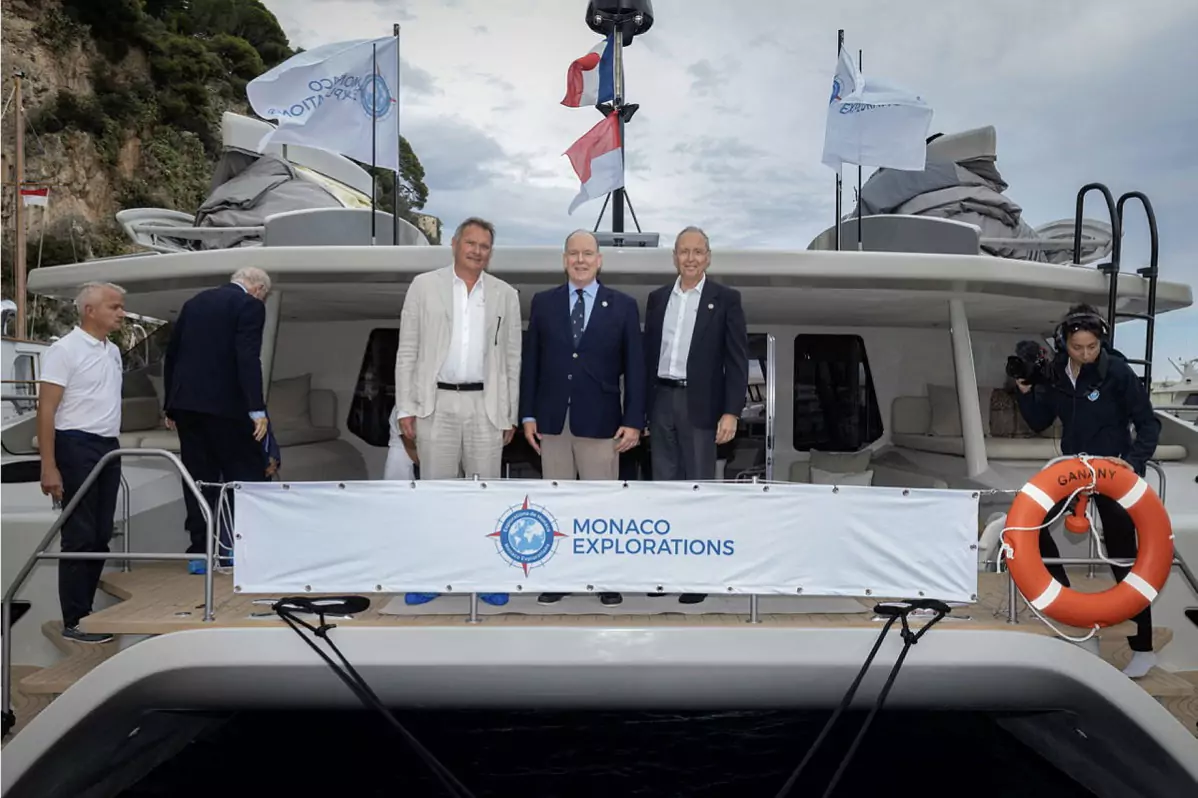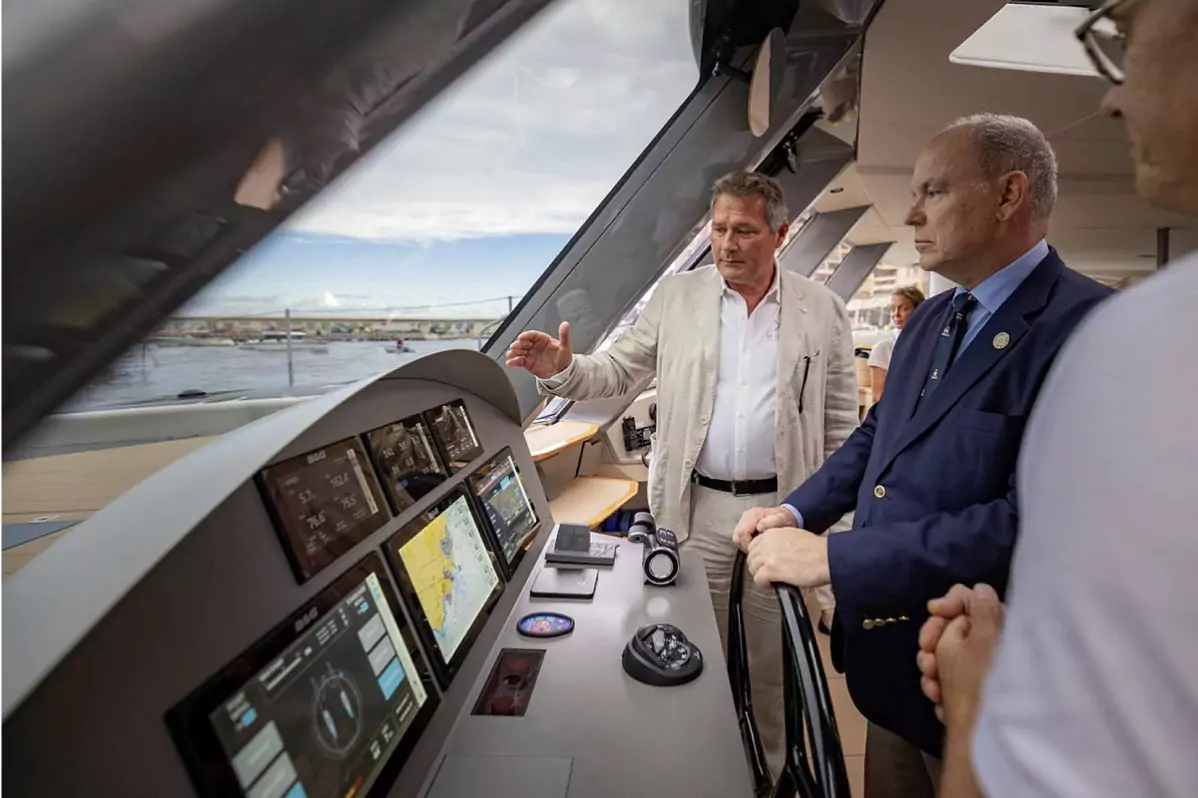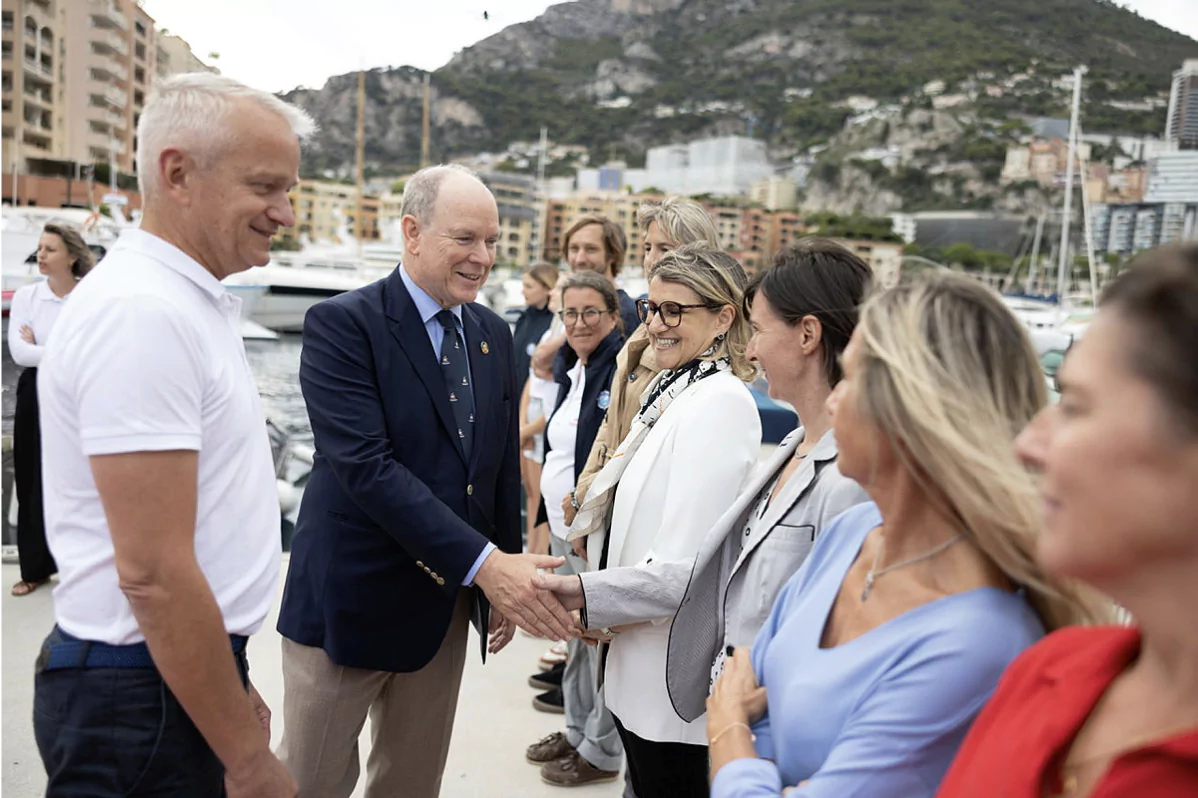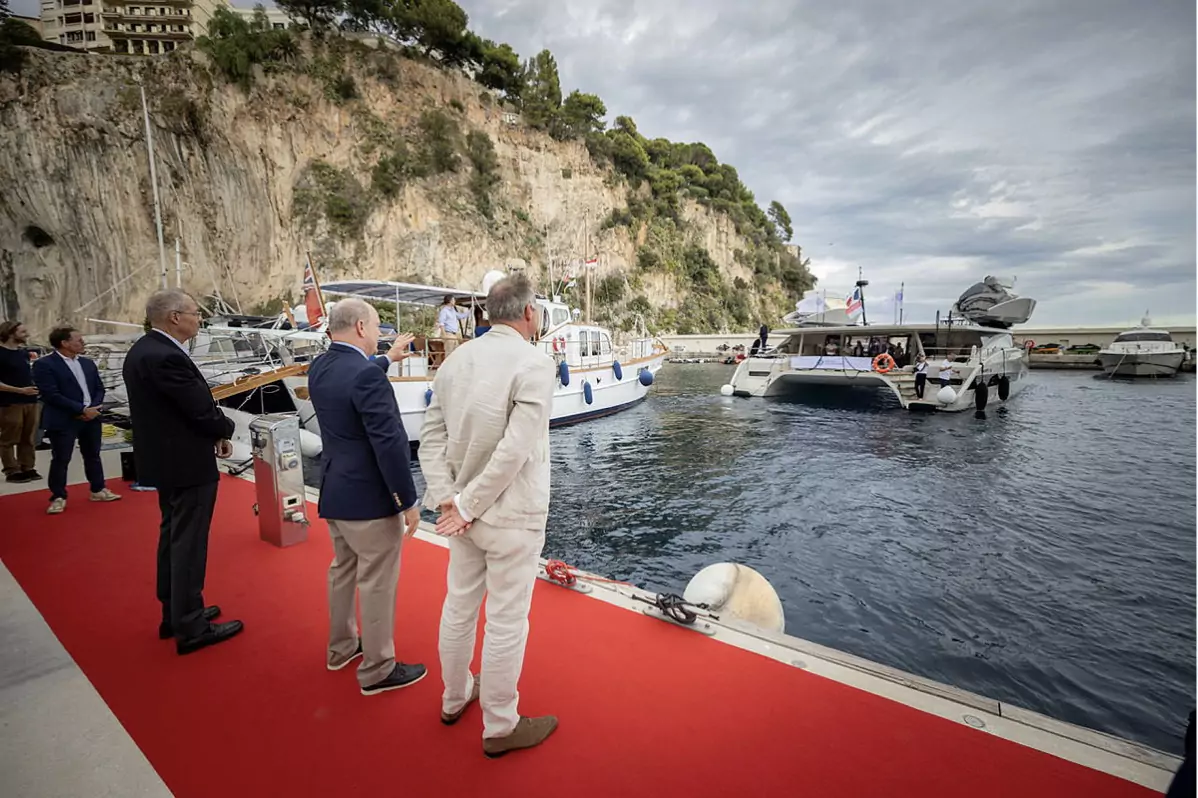France is preparing for a fresh wave of national strike action on Thursday 2 October, with unions across education, transport, and public services rallying under a common call for a major mobilisation against austerity and stagnant wages.
The movement, initially sparked by the inter-union coalition’s frustration over failed negotiations with Prime Minister Sébastien Lecornu, is now gaining strength across key sectors — particularly transport. All four of the SNCF’s representative unions — CGT-Cheminots, Unsa Ferroviaire, Sud Rail, and CFDT Cheminots — issued a joint communiqué on Thursday 25 September urging “massive mobilisation, through strike action and in the streets.”
“The Prime Minister has confirmed, if there was still any doubt, that he has no intention of changing course,” said the unions. “His government is continuing the agenda of privileging the wealthiest at the expense of workers. We demand real change — not just from the government, but from SNCF as well.”
The transport sector is expected to be particularly hard hit. While the previous strike on 18 September caused only moderate disruption — with around 90% of TGV trains still running — union leaders have warned that the impact on 2 October will be far more significant.
“This time, we’re united and determined,” said Sud Rail in a statement broadcast on French television. “The government has never looked so fragile. Now is the moment to strike hard — we have scores to settle.”
Education sector joins calls for better funding and pay
Education unions have also renewed their call for mobilisation. The CGU, which represents national education workers, reiterated its demands for more resources, new statutory positions, and fair wage increases after decades of stagnation. “October 2 must mark the beginning of a long mobilisation,” it said, urging staff to prepare general assemblies and consider strike extensions wherever possible.
The pressure on Prime Minister Lecornu has continued to mount since his appointment earlier this month. His newly announced “Effective State” plan — which includes spending freezes, administrative restructuring, and a freeze on communications budgets — has done little to ease tensions.
Unions demand end to austerity and meaningful government reform
While business groups prepare their own rally in mid-October, unions remain at the forefront of public opposition to the government’s economic policy. Over one million people reportedly joined the last protest day on 18 September. This second act, just two weeks later, could be even larger.
If confirmed, the scope of Thursday’s strike would mark the first major showdown between Lecornu and a united trade union front — and a significant test of the new Prime Minister’s ability to navigate France’s increasingly volatile political and social landscape.
Stay updated with Monaco Life: sign up for our free newsletter, catch our podcast on Spotify, and follow us across Facebook, Instagram, LinkedIn, and Tik Tok.
Photo credit: Kyriaki Topalidou, Monaco Life
